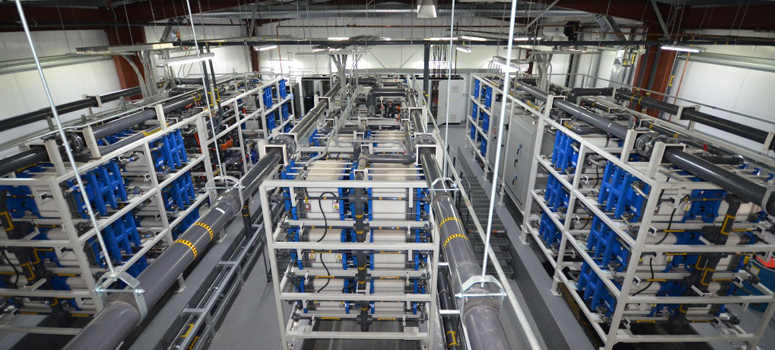sales@cmcarbon.com
sales@cmcarbon.com
The electrode material is one of the key materials for Vanadium Redox Flow Battery ( VRB ) to break through. Because of its large real surface area and good stability, Graphite felts occupy a dominant position. However, the hydrophilicity and electrochemical activity of graphite felt are not good enough. Graphite felts need to be modified before used as vanadium battery electrode.
After the oxidation of chromic acid treatment, the hydrophilicity and electrochemical activity of the graphite felt electrode were obviously enhanced. The optimal treatment time is 5 hours. The battery with graphite felt of chromic acid treated exhibited excellent charge and discharge performance at 10 to 70 mA / cm2. At 10 mA / cm2, the cell efficiency is 90.9% and the energy efficiency is 79.4%.
After sulfuric acid / phosphoric acid electrochemical anodic oxidation treatment, the hydrophilicity and electrochemical activity of the graphite felt electrode were also obviously enhanced. The optimum conditions were as follows: current density 50 mA / cm2, treatment time 4 minutes. The battery with this kind of graphite felt exhibited excellent charge and discharge performance at 10 to 50 mA / cm2. At 20 mA / cm2, the cell efficiency is 88.2% and the energy efficiency is 79.6%.
After treated by hydrothermal ammoniation at 180 ℃, the hydrophilicity and electrochemical activity of the graphite felt electrode were also obviously enhanced. The optimal treatment time is 15 hours. The battery with this kind of graphite felt can be stably charged and discharged in the range of 20 to 60 mA / cm2. At 20 mA / cm2, the cell efficiency is 83.7% and the energy efficiency is 85.3%.
For enquiry of our products, email us on sales@cmcarbon.com or learn more about our graphite products on www.cmcarbon.com
Thanks.
